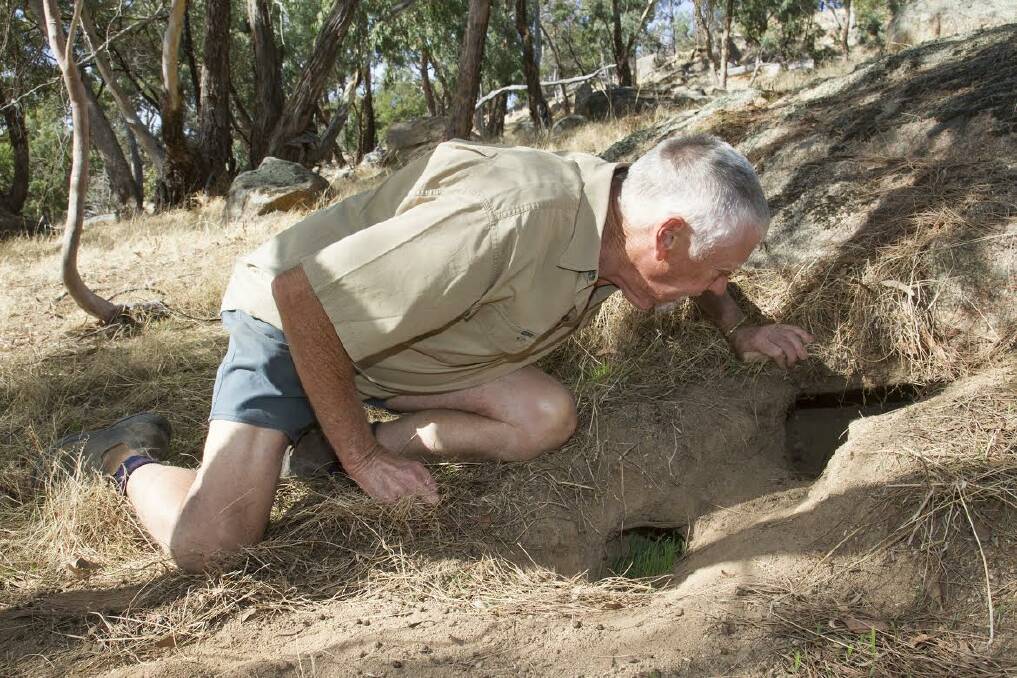
Black Ranges residents have reported no sightings of dead wild rabbits in the area despite the release of the calicivirus strain in early March to control high numbers of the pests.
Subscribe now for unlimited access.
or signup to continue reading
Resident Peter Brazier coordinated a release in the area and said it was strange there had been no sightings.
“I have got four empty tissue sample kits, they are still sitting at the house empty,” he said.
“Even the people over the road have seen no dead rabbits and I also have friends at Sugarloaf who have not seen any either.”
The national roll-out of the virus RHDV1 K5 by community groups and land managers at 150 sites across Victoria was designed to mitigate the effect of wild rabbits on agricultural production and native ecosystems.
The Commonwealth Scientific and Industrial Research Organisation confirmed the first three dead rabbits to die from the virus on March 23.
The nearest rabbit to Stawell was found in Kaniva.
But Mr Grazier said he had noticed a decrease in rabbit activity in the area.
“Rabbit numbers do seem to be down, that is something I have observed,” he said.
Black Ranges resident Tanya Meares coordinated a second release of calicivirus in the area and said animals could be hunting down the dead wild rabbits.
“Everyone in the area is in the same situation,” she said.
“We are seeing fresh rabbit diggings, but the numbers do seem to be lower.
“Site managers were all hoping to have bodies laying around so we could send off tissue samples to the laboratories, but the count in April should be very telling.”
Agriculture Victoria’s biosecurity manager John Matthews said dead rabbits had been found in seven confirmed release sites.
“We have certainly had decreased rabbit activity,” he said.
“The disease is very quick between the first symptoms and death, only a small percentage may die on top of the ground, but a variance in death rate is to be expected.”
Mr Matthews said site managers were continuing to collect tissue samples to send off to the laboratories for analysis.
“It is still early days, but now is about monitoring the success of the disease, next is about the spread and impact,” he said.


